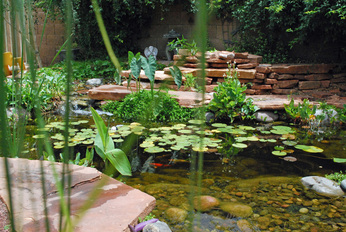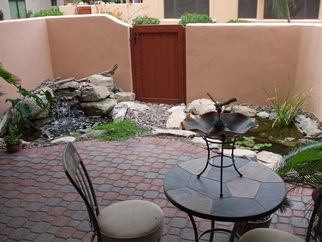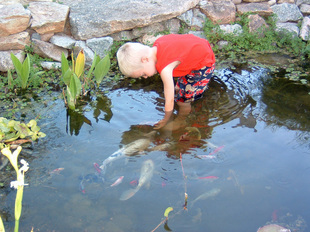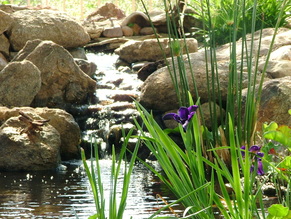The Pond Gnome offers Pond Design, Pond Construction, Pond Maintenance, Pond Remodeling, Pond Replacement, and Pond Cleaning Services for the Greater Phoenix Metropolitan area, including the cities of Phoenix, Scottsdale, Paradise Valley, Carefree, Cave Creek, Glendale, Peoria, Sun City, and other surrounding communities.
Our Services |
Company |
|







